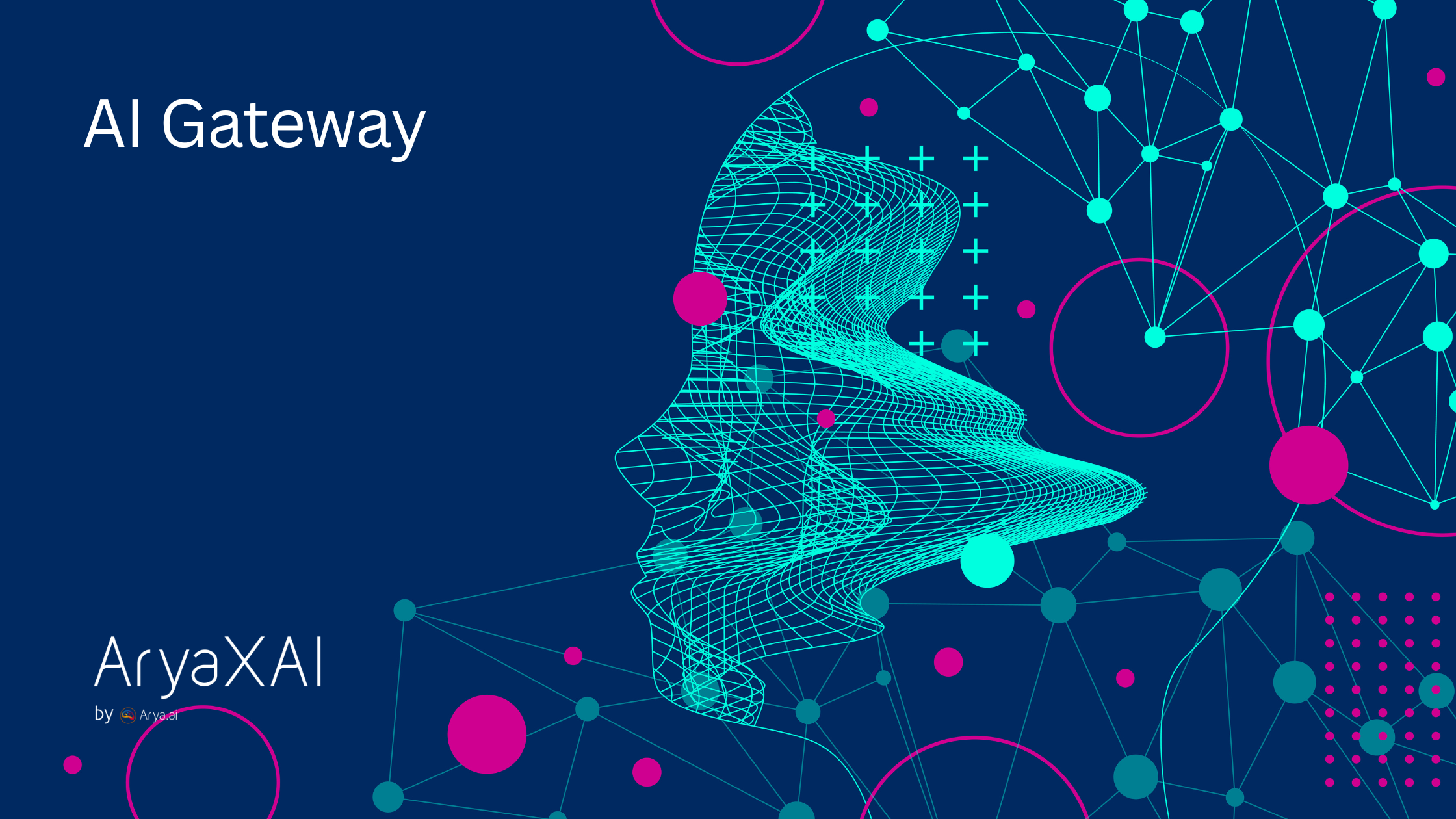Synthetic ‘AI’ vs Generative ‘AI’: Which one to use to strengthen data engineering in machine learning
May 10, 2024

Sufficient data is foundational for building reliable, accurate, and effective machine learning models. When training an ML model, data is the raw material used to learn patterns, make predictions, and perform tasks. The patterns in data, their characteristics, quality, etc., directly influence the performance and capabilities of AI models.
Two prominent concepts have emerged and are already making waves, reshaping various industries and creative processes: Synthetic AI and Generative AI. In this blog, we will delve into the nuances of Synthetic AI and Generative AI, highlighting their distinctions and potential applications.
Synthetic AI
Synthetic AI is used to generate synthetic data that resembles real-world data, developed via statistical or ML techniques and aims to learn the statistical properties and structure of real-world data. It involves the duplication or synthesis of existing data, content, or media through the use of artificial intelligence algorithms.
When there is limited real-world data available, which is either too costly or very difficult to obtain, it can be easily replaced with synthetic data. It can also supplement existing information or create data for training and testing AI/ML models without endangering the privacy or security of the original data. By simulating real-world conditions, researchers or data analysts are prevented from infringing data protection laws and reducing the chances of data leaks or privacy violations. Below are some of the benefits of
Here are some key advantages of Synthetic AI:
- Enhances model accuracy and performance: Real data, in most cases, is scarce, complicated, and inaccessible. Synthetic data can be used as an initial dataset for model building and testing, and enhances the dataset diversity, contributing to model generalization.
- Privacy Protection: Synthetic data enables companies to share or distribute information without exposing sensitive information. It can be utilized to ensure privacy compliance while still allowing researchers and analysts to work with real-like data.
- Model Development and Testing: For machine learning, synthetic data can be a prototype dataset for model development and testing. This is particularly useful when real data is limited or unavailable.
- Mitigating bias: The Bias problem in AI models is caused by inherent bias in training data. Synthetic data can be utilized by organizations to minimize bias by developing more inclusive and diverse training data.
- Handling Imbalance: In imbalanced classification problems, synthetic data can be used to balance class distributions and improve the model's ability to learn from minority classes.
- Scalability: For applications involving massive data, synthetic data generation proves to be more cost-efficient and scalable compared to gathering and storing actual data.
Synthetic data facilitates research, model training, security testing, and more while overcoming limitations associated with real data availability and privacy concerns.
Generative AI
Generative AI, on the other hand, involves the creation of entirely new content that is not directly based on existing data. It refers to a class of artificial intelligence models and techniques that aim to create new content or generate new data samples that resemble the patterns or distribution of the input data. The system can generate text, images, or other media in response to prompts. Generative models learn the underlying structure and characteristics of the data and use this knowledge to generate new examples that capture the essence of the input.
OpenAI's conversational chatbot ChatGPT and the AI image generator DALL-E are creating a lot of buzz. Google has two large language models, Palm, a multimodal model, and Bard, a pure language model. AlphaCode by DeepMind, GitHub Copilot developed by OpenAI and GitHub are some some notable examples of LLMs available today. The tools like ChatGPT are being used to create new content within seconds - codes, essays, emails, Excel formulas, social media captions, poems, and more!
Here are some common applications of generative AI:
- Text generation: Generative AI can be used in content creation, such as producing blog posts, news articles, and social media content. AI-generated text, such as chatbots and virtual assistants, benefits customer support by providing automated assistance that improves response times and satisfaction.
- Art and Design: Generative AI can create unique pieces of visual art, designs, and even architecture.
- Video Content: Generative AI can create video content, including animations and special effects.
- Music Composition: Creating music that resonates with human emotions requires creativity.
- Text-to-speech and Speech-to-speech generation: In audio-related AI applications, generative AI can produce realistic speech audio from user-written text and generate new voices using existing audio files.
Why do you need synthetic data?
- Data Preprocessing: Large and high-quality training data are usually needed for generative AI models. Synthetic AI facilitates data preprocessing by generating data points that closely approximate the real data distribution, resulting in a better-balanced and more representative training dataset.
- Content Augmentation: Synthetic AI can be utilized to augment generative AI processes. For instance, if you're training a model to generate natural human conversations, synthetic AI can assist by creating extra training data by mimicking or altering prevailing conversations. This increases the richness and diversity of the available data used for training the generative model.
- Content Variation and Diversity: Generative AI may occasionally generate similar content or adhere to specific patterns. By adding synthetic data that adds variations and diversity, you can increase the distinctiveness of the generated content.
- Customization and Personalization: Synthetic AI can aid generative AI models in generating personalized content. Generative models can develop content that appeals more to particular users by creating synthetic examples that embody individual preferences or characteristics.
- Increased Creativity: The combination of synthetic AI with generative AI can increase creative processes. Synthetic AI can generate first drafts, concepts, or outlines, and then generative AI can enhance and embellish them into well-developed creative works.
Applications of synthetic data
When it comes to generating synthetic data, researchers use these techniques interchangeably based on the use case, data type, training data availability etc. Synthetic data has a wide range of applications across domains:
LLMs tuning:
Synthetic data is used to enhance the learning efficiency of LLMs for code, as it offers explicit, self-contained, pedagogical, and balanced examples of coding ideas and abilities. In specialty domains, it provides the capability to customize sets written specifically to the exact task, area, or application in order to realize stunning outcomes. Synthetic data introduces variety by encompassing a broad range of scenarios and edge cases, thereby enhancing the resilience and flexibility of LLMs. Synthetic data can accelerate prototyping during the fine-tuning of LLMs, enabling developers and researchers to rapidly test and explore various scenarios. Autonomous cars:
Synthetic data provides a more comprehensive approach to testing the efficacy of safety features, edge conditions, and anomaly detection, eliminating the risks associated with real-world hazards. In addition to its versatility in crash scenario simulation, synthetic data enables quick prototyping, accurate data labeling, fault diagnosis, and scalability for addressing specific challenges. This prepares autonomous vehicles for the complex and dynamic world of actual driving, making them safer, more reliable, and adaptable.
Protein structure design:
Synthetic data is of great value in protein structure design through the provision of varied, customizable, and easily retrievable protein structures for research and development. It assists in the production of new protein variants, particularly those difficult to access experimentally, and speeds up the iterative design cycle.
Fraud detection:
Synthetic data provides a wealth of varied fraudulent scenarios, enhancing the performance of machine learning models in identifying numerous types of fraud, including uncommon and intricate patterns. Balancing the set, the model can identify fraud cases more effectively. Synthetic data also enables exhaustive model testing against extreme and dynamic types of fraud, facilitates early detection, and provides cost-effective alternatives to obtaining large real-world datasets.
Data privacy protection:
Anonymizing data alone is not enough to maintain data privacy anymore. Synthetic data protects sensitive customer information, addressing privacy and compliance concerns. It allows for the sharing, analysis, and testing of datasets without releasing sensitive or personally identifiable information (PII). As it is not covered by current privacy laws, it's a viable and effective solution for solving privacy and compliance issues.
Beyond these use cases, there are various additional domains where synthetic data can be valuable, such as Healthcare and Medical Imaging, Retail and Customer Behavior Analysis, Climate Modeling, Agriculture and Precision Farming, and many more.
In this blog we briefly discussed introduction to Generative AI and Synthetic AI, how they work in general terms, applications across industries and how Synthetic AI compliments generative AI.
Generative AI and Synthetic AI are helping us solve complex problems at speed. The quality of these models has also increased dramatically, creating an exciting immediate future for Artificial Intelligence and Machine learning.
SHARE THIS
Discover More Articles
Explore a curated collection of in-depth articles covering the latest advancements, insights, and trends in AI, MLOps, governance, and more. Stay informed with expert analyses, thought leadership, and actionable knowledge to drive innovation in your field.

Is Explainability critical for your AI solutions?
Schedule a demo with our team to understand how AryaXAI can make your mission-critical 'AI' acceptable and aligned with all your stakeholders.



.png)
















.png)



